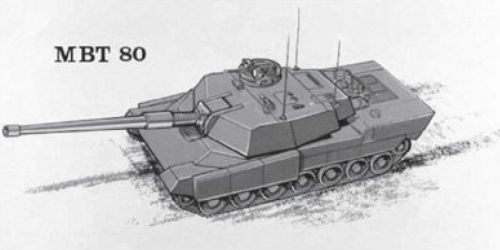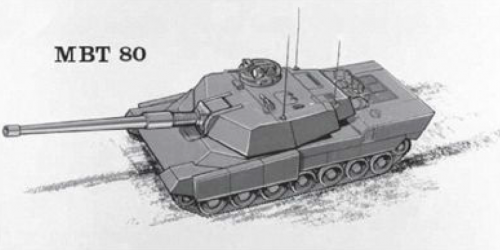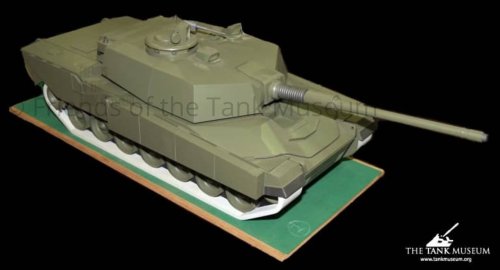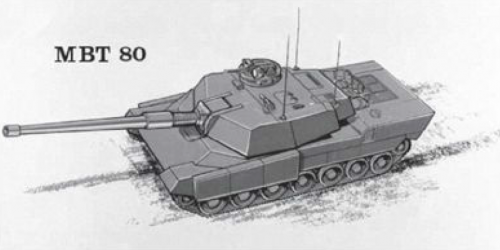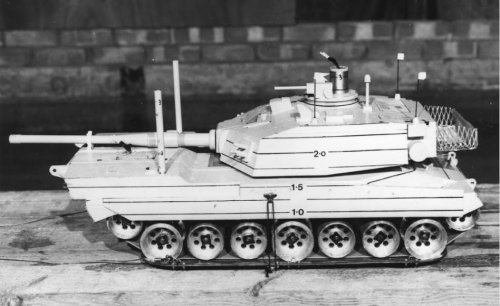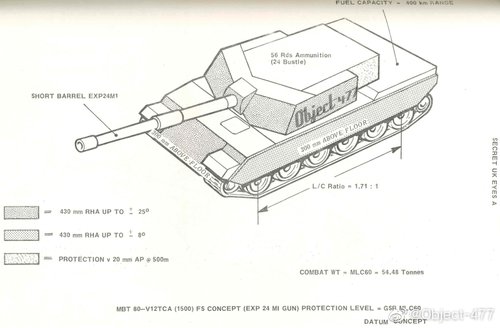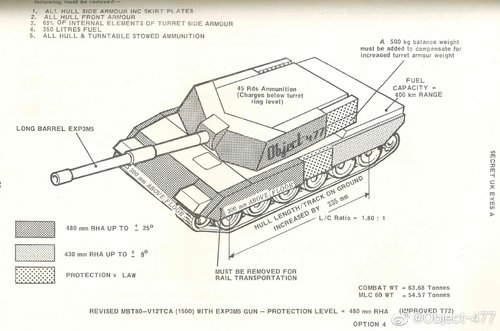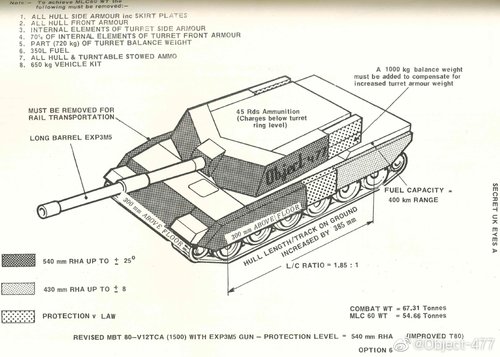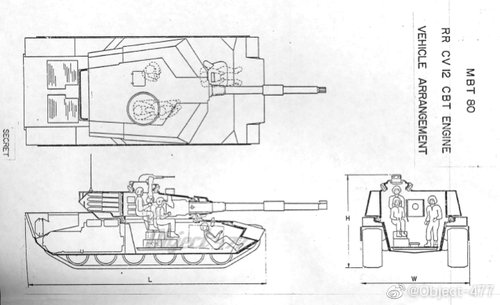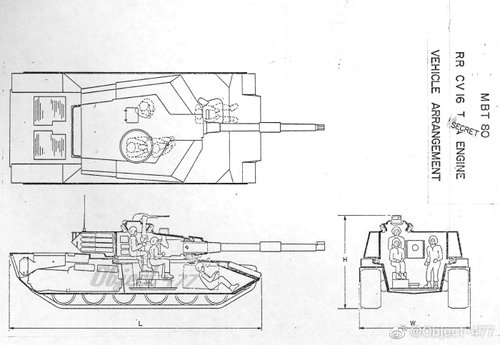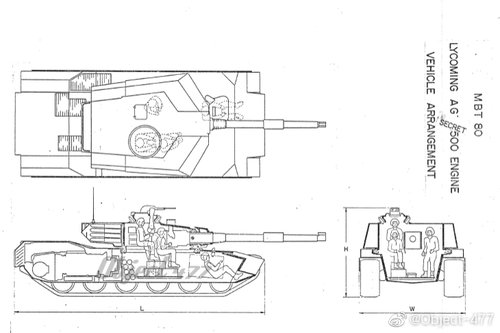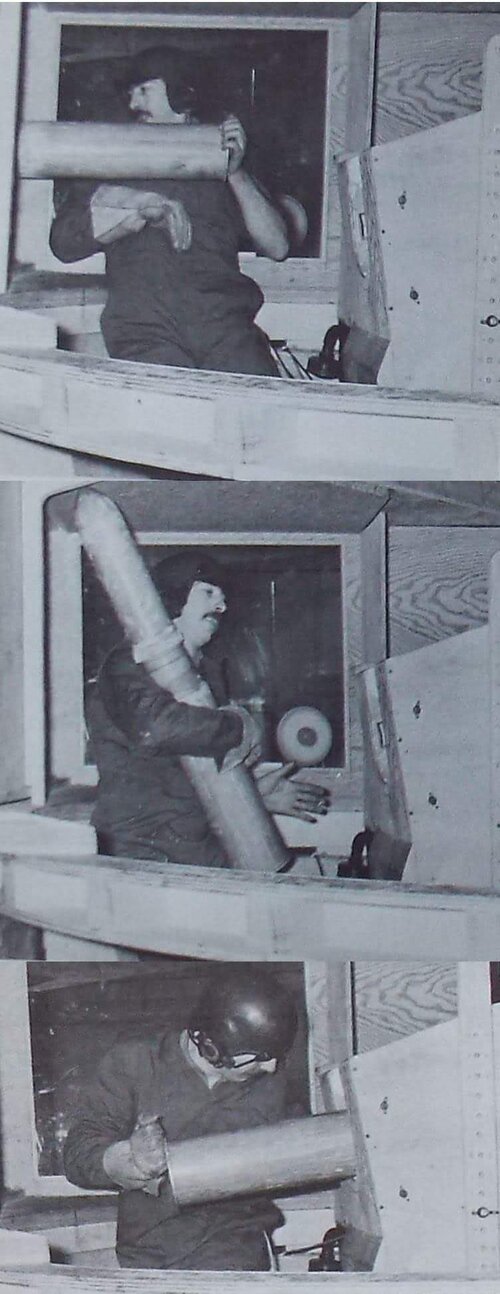Out of interest there are some errors in the "Cold War, Hot Science" book references regarding the M7 and M13A.
The 120mm M7 quoted as the replacement for the 110mm following the tri-national firing trials should really be the 120mm EXP-19M7.
This ordnance was later re-designed, especially the barrel configuration, specifically to suit fitment to the XM1 vehicle in terms of mounting centre of gravity, and redesignated as the EXP-19M13A. It used stub case ammunition.
The standard RARDE nomenclature for their ordnance designs was EXP-##M# e.g 110mm EXP-14M2. Sometimes an extra alpha character was used in addition as in the 120mm EXP-32M1A; 120mm EXP-32M1B.
I think the confusion arises because the last few characters are used (M7, M13 etc) rather than the full designation in working correspondance. This would have made sense and would be understood at the time as referring to a particular ordnance, but can be misused when seen out of context at a later date.
The 120mm M7 quoted as the replacement for the 110mm following the tri-national firing trials should really be the 120mm EXP-19M7.
This ordnance was later re-designed, especially the barrel configuration, specifically to suit fitment to the XM1 vehicle in terms of mounting centre of gravity, and redesignated as the EXP-19M13A. It used stub case ammunition.
The standard RARDE nomenclature for their ordnance designs was EXP-##M# e.g 110mm EXP-14M2. Sometimes an extra alpha character was used in addition as in the 120mm EXP-32M1A; 120mm EXP-32M1B.
I think the confusion arises because the last few characters are used (M7, M13 etc) rather than the full designation in working correspondance. This would have made sense and would be understood at the time as referring to a particular ordnance, but can be misused when seen out of context at a later date.




